TEN STAGES OF MAN
By:
January 23, 2023

I’ve been talking to family and friends about this stages-of-life schema of mine for over a decade now, but my son’s friend Audrey recently enquired why I’d never posted about it at HILOBROW. Here it is…
This post’s (sexist, sorry) title references the “Seven Ages of Man” monologue, delivered by the melancholy Jaques, in Shakespeare’s As You Like It.
What follows is a tentative theory — a hypothesis that has been tested and holds up, thus far. It’s a culturally and temporally specific theory — and one’s race/ethnicity, religion, and/or other factors may complicate this schema.
PS: This post has since evolved into a 10-part series.
Some developmentalists divide up the human life span into nine stages — which includes prenatal development, as well as death/dying. Others think twelve (including prebirth and birth, as well as death/dying) is a more suitable number. My own schema (which includes neither pre-birth/birth nor death/dying — I don’t regard these as life stages) boasts between 9 and 11 stages — as you’ll see — so let’s call it 10 stages.
TL;DR: Here’s the breakdown.
CHILDHOOD
00–03: PROTO-CHILDHOOD
04–13: EARLY & MID-CHILDHOOD
14–23: MID- & LATE CHILDHOOD / “TEENS”
ADULTHOOD
24–33: EARLY ADULTHOOD / “TWENTIES”
34–43: MID-ADULTHOOD / “THIRTIES”
44–53: LATE ADULTHOOD / “FORTIES”
MIDDLE AGE
54–63: EARLY MIDDLE AGE / “FIFTIES”
64–73: MID-MIDDLE AGE / “SIXTIES”
74–83: LATE MIDDLE AGE / “SEVENTIES”
OLD AGE
84 & up: OLD AGE / “EIGHTIES” & up
Why the “4/3” pattern? It works for cultural decades and generations, I’ve found, so I tested it out on stages of life… and it works perfectly here, too.
Best thing about my stages-of-life scheme? It makes the “0” years less stressful. Instead of starkly marking the end of one stage and the beginning of the next, in my scheme a “0” year becomes merely a stage’s initial post-apex year — i.e., the first of four years during which one gradually approaches the next stage of one’s life. If you’re a 12-year-old worried about becoming a “teen” next year — not to worry! Calendar-wise, yes, your age will now have a “-teen” in it; but culturally-wise, you won’t be a teen until 14. And there’s even better news for those of us aged 29, 39, 49, etc. — we’ll still be in our cultural “twenties,” “thirties,” “forties,” etc., for several more years.
Ages 0–23
PROTO-CHILDHOOD
Ages 0 through 3
Infancy and toddlerhood. What Jaques calls “the infant, / Mewling and puking in the nurse’s arms.” Sometimes called the “Vitality” stage because the infant is a seemingly unlimited source of energy.
A toddler is a child approximately 12 to 36 months old, though definitions vary. But generally the idea is that this phase of life ends between ages 3 and 4.
By the end of this stage: walking unaided, sleeping more or less through the night, drinking from a cup, eating with a spoon, toilet trained, full set of 20 (temporary) teeth. Vocabulary of about 350 words. Shows sign of increased autonomy and individuality. Beginning to see self as separate individual; may still see other children as “objects.” Etc.
A toddler’s unstoppable determination to do something will give way to a four-year-old’s sense of guilt at doing something that brings the disapproval of others. Which may suggest that childhood begins once a human first begins to internalize the norms and forms of their culture.
PS: “Women should have the right to kill a baby until he’s four years old.” — Chris Rock’s “Selective Outrage” standup show (March 2023).
[3/4]: Cusp years between infancy/early toddlerhood and childhood. Some of us will enter our childhood on the early side; others will not.]
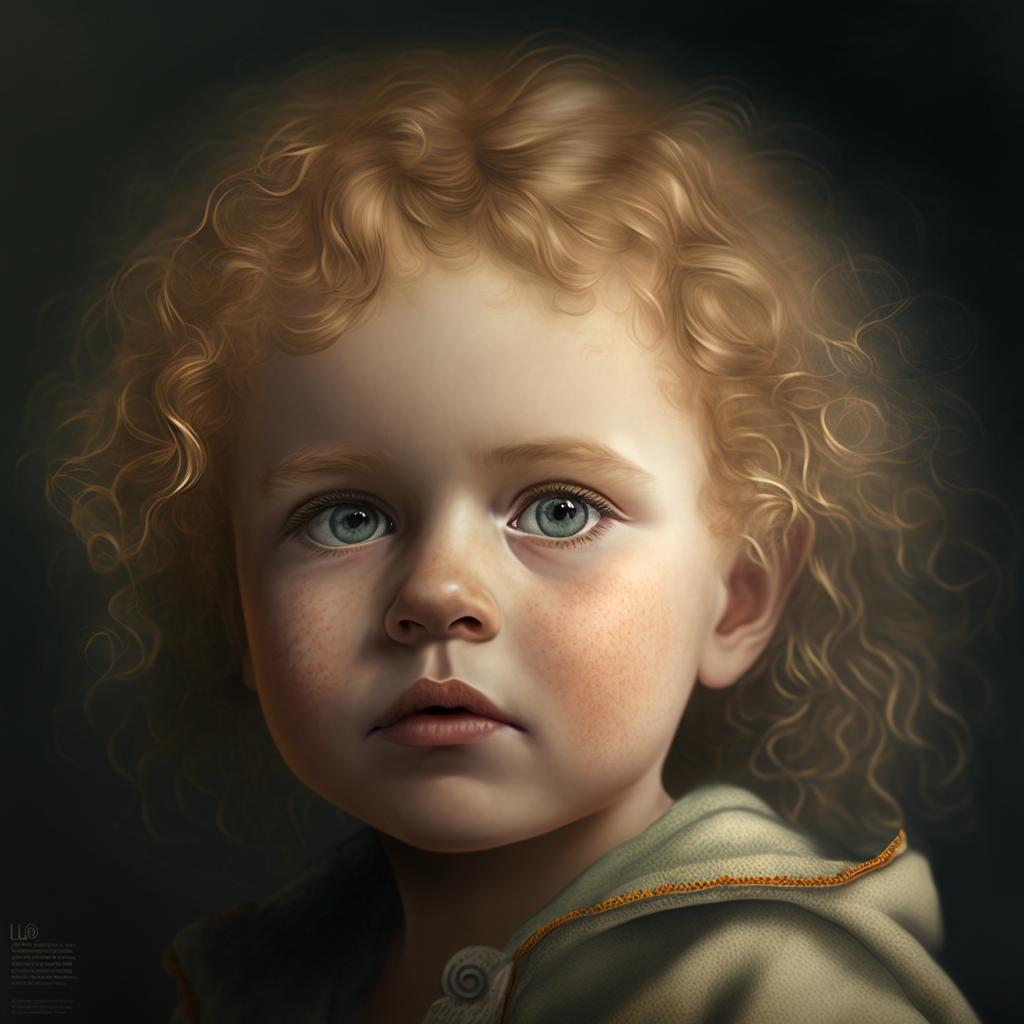
EARLY & MID-CHILDHOOD
Ages 4 through 13
Early & middle childhood — or later toddlerhood through what I’d call first-phase adolescence. (Not to be confused with some psychologists’ vague use of “early childhood” to mean as the time period from birth until the age of five or six years.)
Some childhood developmentalists claim “early childhood” is from three to eight years old, while “middle childhood” is from nine to eleven years old. One also sees “middle childhood” defined as ages 6-11; or else we see ages 3–6 defined as “early childhood” (Erikson, for example), 6–8 as “middle childhood,” and 9–11 as “late childhood.” There is no definitive answer… or there wasn’t, anyway, until January 2023, when I published this post.
PS: Jaques describes this stage like so: “the whining schoolboy, with his satchel / And shining morning face, creeping like snail / Unwillingly to school.”
In early childhood (let’s say ages 3/4 to 8/9), we are busy learning language(s), gaining a sense of self and greater independence, and beginning to figure out how the physical world works. This is a phase of tremendous playfulness, imaginativeness, and ingenuity. By 8/9 children will have begun to understand responsibility and are beginning to be shaped by their peers and parents. Chores and more responsible decisions come at this time, and so does social comparison.
Mid-childhood is the first phase of adolescence — and within adolescence, the physical changes associated with puberty. For girls, puberty will typically begin from between ages 8–13, and for boys between ages 9–14. Note that 8/9 are the apex years of early & mid-childhood — from this point forward, one begins to shed childhood and evolve towards mid- & late childhood (that is, one’s cultural “teens”).
Some developmentalists describe ages 9–12 (which is quite close to my own periodization of the second half of this stage) as “preadolescence,” a phase during which children develop a more realistic view of life than the intense, fantasy-oriented world of earliest childhood. I find this a little confusing, since it suggests that a 10-, 11-, or 12-year-old is not an adolescent, when in fact they are. Perhaps better to think of this phase of the Early & Mid-Childhood stage as “first-phase adolescence,” or something like that.
Many developmentalists mark the end of “childhood” with the onset of puberty — on average, around age 12. I disagree — because ages 12 and 13 are every bit as playful, imaginative, and ingenious as the earlier childhood years. We treat 12–13s like teenagers; and we think of 9–12s as “tweens” — which reinforces the idea that 13 is the beginning of one’s teenage years. But in fact the Early & Mid-Childhood stage lasts through ages 13/14.
When our own kids were still under 14, my friends Elizabeth Foy Larsen and Tony Leone and I started the UNBORED project — books and kits — with the insight that our culture doesn’t do a great job with 12–14s. Kids at these ages still enjoy playing games with their parents… but at this point, parents tend to abdicating their role in favor of organized activities (sports, tutoring, etc.) and videogames. Which 12–14s do find very attractive; and of course they idolize older kids and want to imitate them.
It takes effort on the part of parents of 12–14s to hang in there… but it’s very worthwhile.
[13/14]: Cusp years between early & mid-childhood and mid- & late childhood. Some of us will enter our mid- & late childhood on the early side; others will not.]
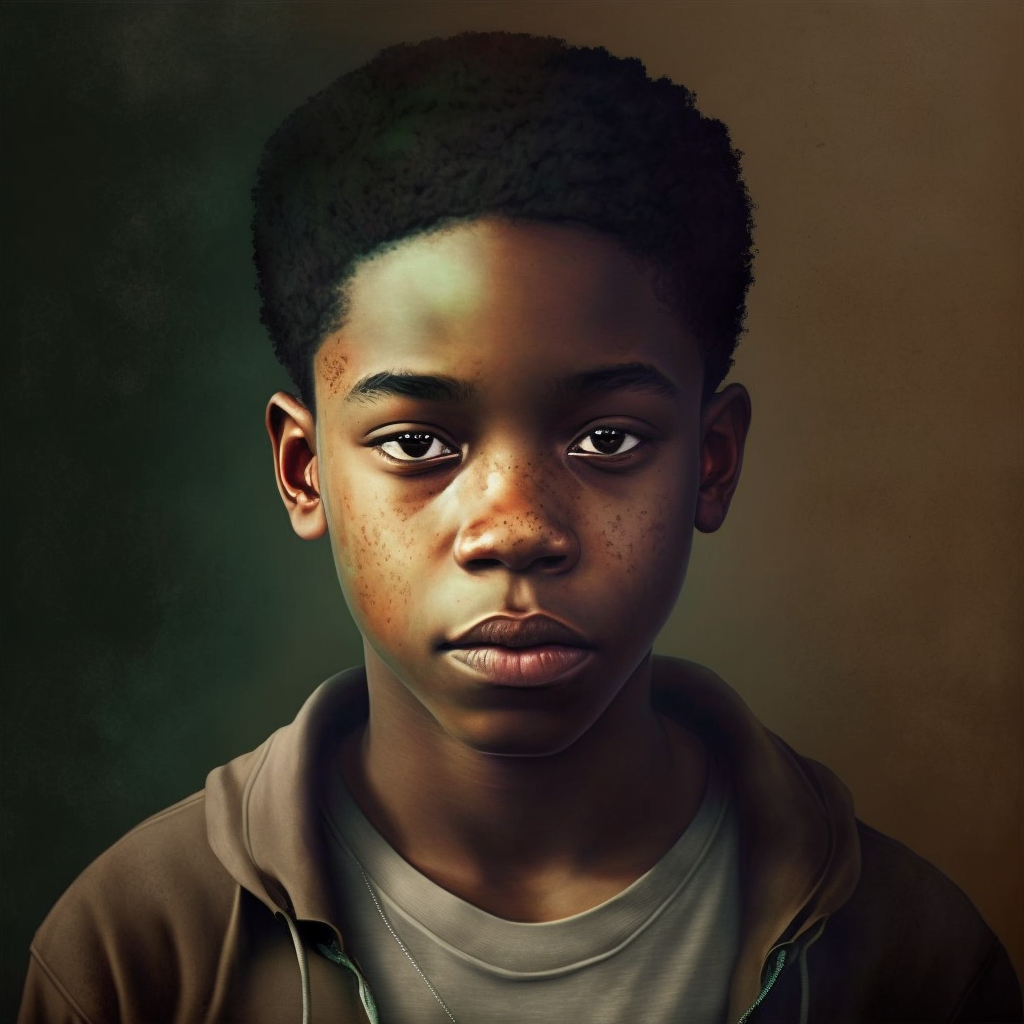
MID- & LATE CHILDHOOD
YOUR CULTURAL “TEENS”
Ages 14 through 23
Mid- & late childhood — or second-phase adolescence through early legal adulthood. Which is confusing, I know — is it childhood or adulthood? Let’s discuss.
Because we legally consider people to be “adults” around ages 18–21, in our culture, one might be tempted to divide this stage into two: 14 through 18, and 19 through 23. But this would tend to obscure the fact that young people in their early 20s have a lot more in common with a 14-year-old than they (and we too) comprehend. It’s a single stage of life.
Although I realize that it’s confusing to do so, I’m very comfortable describing ages 14–23 as one’s “teens” — not to be confused with one’s calendrical teens. Same goes, as you’ll see, for one’s cultural (as opposed to calendrical) “twenties,” “thirties,” etc.
For most readers, the Mid- & Late Childhood stage will be the most controversial section of my hypothesis. Why? Because our culture pushes adulthood earlier and earlier; a trend that kids themselves find a lot to like about. For well-meaning and less well-meaning (marketing-related) reasons, we urge people to “put away childish things” beginning around age 13/14 — one’s calendrical teens. Certainly by ages 18–20 (when adolescence ends), we begin to use pejorative terms for those who haven’t “grown up” yet. And as the neologism “tween” suggests, we even want 9–12s to grow up more quickly. By arguing that Mid- & Late Childhood lasts until age 23, I’m pushing hard in the opposite direction.
Adolescence overlaps the later phase of Early & Mid-Childhood and the beginning phase of Mid- & Late Childhood. It’s the “middle” phase of childhood — but it’s not a separate stage of life. The playfulness, imaginativeness, and ingenuity of early childhood doesn’t cease with the onset of adolescence; nor does the sexual, emotional, cultural, and/or spiritual passion of late childhood begin the moment adolescence ends. Adolescence is not a life stage — though I do think we can distinguish between the “first-phase adolescence” of Early & Mid-Childhood and the “second-phase adolescence” of Mid- & Late Childhood.

OK, I’ve convinced you about adolescence… but you’re not buying the notion that a person between the ages of 21–24 (a person, that is to say, who is legally able to work, marry, vote, fight, etc.) is in the same life-stage as a spotty, squeaky-voiced 14-year-old. I’m not arguing that a 21-year-old is not a legal adult, nor that the lifestyle of a college student or recent college grad is very different from that of a high-school student. However… hear me out.
In our culture the average undergraduate student, after completing four years of courses, graduates college at the age of 21 or 22. And the average age at which people move out of their parent’s home is between 24 and 27. Daniel Levinson, a psychologist and pioneer in the field of “positive adult development,” describes ages 16–24 as the “Early Adult Transition” phase. And research that led to Jeffrey Arnett’s theory of “Emerging Adulthood” reveals that most Americans between the ages of 18 (the apex, in my schema, of Mid- & Late Childhood) and 25 (the first non-cusp year, in my schema, of Early Adulthood) are unable to give a definitive answer to the question, “Are you an adult?” Their answer tends to be: “I have aspects of being an adult but I also have aspects of not being an adult yet.” Right! Despite our culture’s relentless pressure on people in the Mid- & Late Childhood stage of life to “grow up” — and parents’ nagging anxiety that their children will “fail to launch” or something — sorry, but they’re not grownups yet.
I’m 21, therefore I’m an adult. Let’s talk about the “age of majority.” By which I mean the threshold of legal adulthood as recognized or declared in law. It is the moment when minors cease to be considered such and assume legal control over their persons, actions, and decisions, thus terminating the control and legal responsibilities of their parents or guardian over them. (Not to be confused with the age of maturity, age of sexual consent, marriageable age, school-leaving age, drinking age, driving age, voting age, smoking age, gambling age, etc., each of which may be set at a different age from the age of majority.) In ancient Rome, the age of majority was 30! This was later lowered to 25, and eventually 21 became the common age of majority. In Medieval England, by contrast, the age of majority was 15! It was later raised to 21. The point is: “21” is an arbitrary age of majority. There’s nothing about turning 21 that automatically makes you an adult in a life-stage sense — and we’re talking about life stages,
Note that 18/19 are the apex years of middle-to-late childhood — from this point forward, one begins to shed middle-to-late childhood and evolve towards early adulthood. It’s an extraordinary period in one’s life, during which one is preparing to make a major shift from childhood to adulthood. PS: Those of us who become parents before the age of 23/24 are (according to my schema) children having children; I’m not making a value judgment, here.
We should recognize and celebrate Mid- & Late Childhood’s second phase — call it 18/19 through 23/24 — for what it is. It’s an exciting and very memorable stage of life; as we grow older, these memories are ones that won’t fade. But we’re not thinking clearly about it, as a culture. We have to understand 18/19s through 23/24s as something like “grownup teenagers.” Which isn’t the right term, exactly. Other terms I’ve seen used for this phase include: “transition age youth,” “delayed adulthood,” “extended adolescence,” “youthhood,” “adultolescence,” and “the twixter years.” I don’t like how pejorative-sounding or vague most of these are. I kinda like Arnett’s term “emerging adulthood” because it’s descriptive, not pejorative… but it emphasizes adulthood too much.
My point is: This transitional phase, within life’s Mid- & Late Childhood stage, from 18/19 to 23/24, is fun and memorable and wonderful because it’s not only about emerging adulthood; it’s also about the final phase of childhood. We should honor that!
A note to those readers who are currently in the 18/19–23/24 phase. Your parents are eager for you to grow up and take on adult responsibilities — and to “grow up” in all sorts of ways both petty (e.g., cleaning up after yourself) and more profound. Meanwhile your grandparents, and family friends, and other adults who aren’t your parents, are less anxious. They can see that you are growing up… and they also appreciate the fact that you’re in transition — that you’re not fully grown up yet, nor should you be. Your parents should learn from these other folks, and ease up on the pressure. (If you are a second or third child, maybe your parents have already learned this lesson the hard way.)
[23/24]: Cusp years between mid- & late childhood and early adulthood. Some of us will enter early adulthood on the early side; others will not.]
Ages 24–53

EARLY ADULTHOOD
YOUR CULTURAL “TWENTIES”
Ages 24 through 33
One’s “twenties” (not to be confused with the calendrical 20s). First-phase, or “early” adulthood. An age of enterprise. Accomplishing responsibilities that might include finding a home and mate, establishing a family or circle of friends, and/or getting a good job. (A “career” is no longer an option, for most Americans.) It is a stage in which we are at our physiological peak but are most at risk for involvement in violent crimes and substance abuse. It is a time of focusing on the future and putting energy into making choices that will help us earn the status of a full adult in the eyes of others. Love and work are primary concerns at this stage of life.
Note that Daniel Levinson, a psychologist and pioneer in the field of “positive adult development,” described ages 24–28 as the “Forming a Life Structure” phase; and 29–34 as the “Settling Down” phase. Note that these are descriptive, not prescriptive, designations.
Either I’m smarter cause of my
daughter or I’m just too dense
I’m 28 years old, it just now
started making sense
— Ludacris, “Freedom of Preach”
Turning 30 soon but you haven’t got everything figured out yet? It’s OK! You’ll still be in your cultural “twenties” until age 33 — that’s four more years. (And you’ll be in what Levinson calls the Settling Down phase until 34 — even more time.) As Garth Brooks puts it, in a song he co-wrote at 27: “Lord, I’m much too young to feel this damn old.” He’s right — give yourself a break.
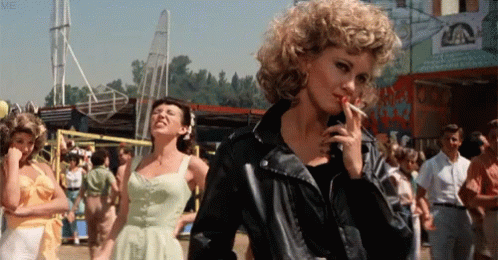
Note that 28/29 are the apex years of one’s twenties — from this point forward, one begins to shed early adulthood and evolve towards mid-adulthood. In popular psychology, a “quarter-life crisis” involving anxiety over the direction and quality of one’s life is not uncommon around now.
[33/34]: Cusp years between early adulthood and mid-adulthood. Some of us will enter mid-adulthood on the early side; others will not.]
Younger members of the Social Darwikians (1984–1993) generation are currently in this stage of life.

MID-ADULTHOOD
YOUR CULTURAL “THIRTIES”
Ages 34 through 43
One’s “thirties” (not to be confused with the calendrical 30s). Second-phase or “middle” adulthood. A stage during which many people are at their peak of productivity in love and work. It may be a period of gaining expertise in certain fields and being able to understand problems and find solutions with greater efficiency than before.
Note that The American Psychological Association defines “middle adulthood” as beginning at 35 or 36.
Daniel Levinson describes ages 35–40 as the “Becoming One’s Own Man” phase; and 41–44 as the “Midlife Transition” phase.
Note that 38/39 are the apex years of one’s thirties — from this point forward, one begins to shed mid-adulthood and evolve towards late adulthood.
[43/44]: Cusp years between mid-adulthood and late adulthood. Some of us will enter late adulthood on the early side; others will not.]
Younger members of the Revivalists (1974–1983), and older members of the Social Darwikians (1984–1993) generations are currently in this stage of life.
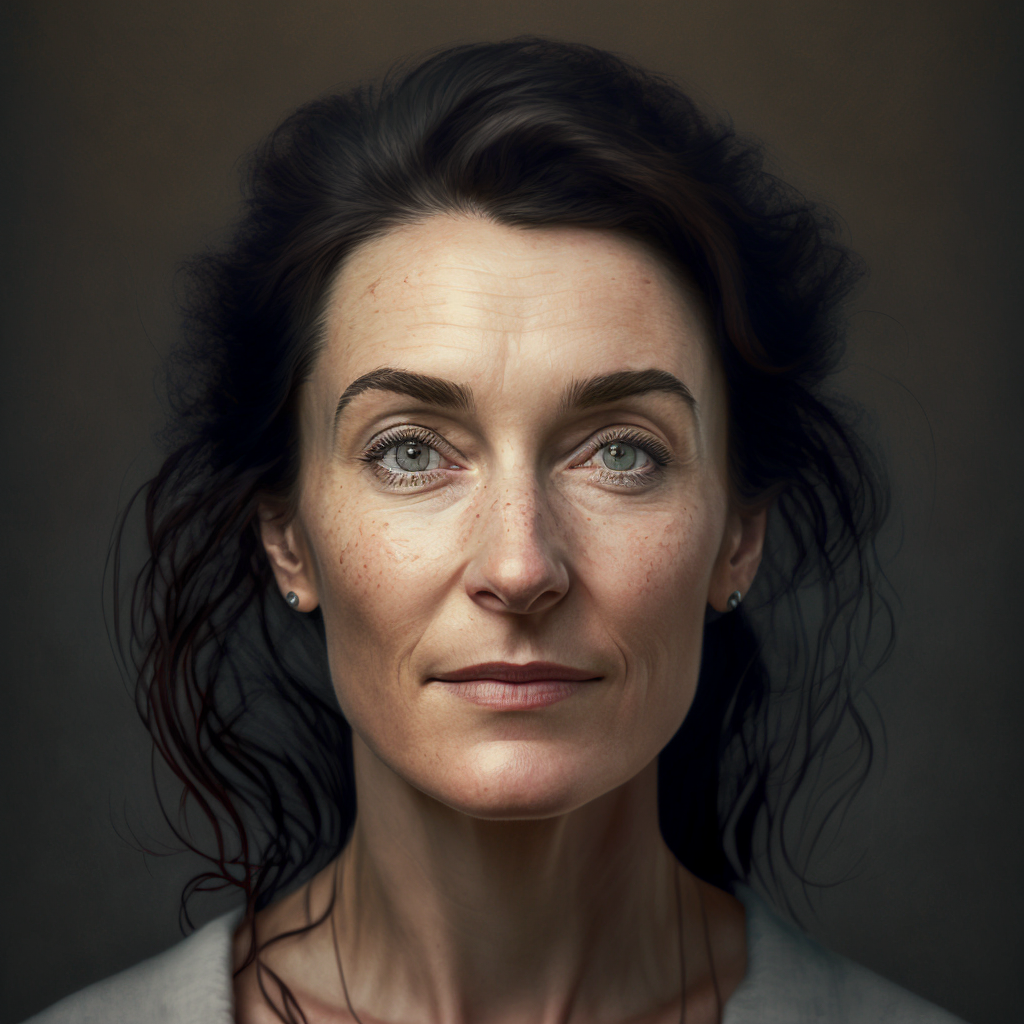
LATE ADULTHOOD
YOUR CULTURAL “FORTIES”
Ages 44 through 53
For many readers, this section of my hypothesis will also be puzzling and/or controversial — because we have been led to believe that “middle age” begins when you turn 40. I agree that once upon a time, this was the case. However, it is not the case any longer.
One’s “forties” (not to be confused with the calendrical 40s). Formerly: early middle age. (Erikson, writing in 1950, described ages 45–64 as “middle adulthood.” How things have changed since then!) Now: Third-phase or “late” adulthood. Continuing to gain expertise in certain fields and being able to understand problems and find solutions with greater efficiency than before. It can also be a time of becoming more realistic about possibilities in life previously considered; of recognizing the difference between what is possible and what is likely.
Daniel Levinson describes ages 45-on as the “Restabilization, into Late Adulthood” phase.
Note that 48/49 are the apex years of one’s forties — from this point forward, one begins to shed late adulthood and evolve towards early middle age. An extraordinary period in one’s life, during which one is preparing to make a major shift from adulthood to middle age. NB: During the five years on either side of age 50, women will typically experience menopause.
[53/54]: Cusp years between late adulthood and early middle age. Some of us will enter early middle age on the early side; others will not.] For those of us who became parents in our late 20s, and whose kids are therefore entering “early adulthood” just as we are beginning to phase out of adulthood and into middle age — enjoy this transitional moment! It’s a very brief window during which you and your kids will be in the same macro-stage (i.e., adulthood).
Younger members of the Reconstructionists (1964–1973), and older members of the Revivalists (1974–1983) generations are currently in this stage of life.
Ages 54–83
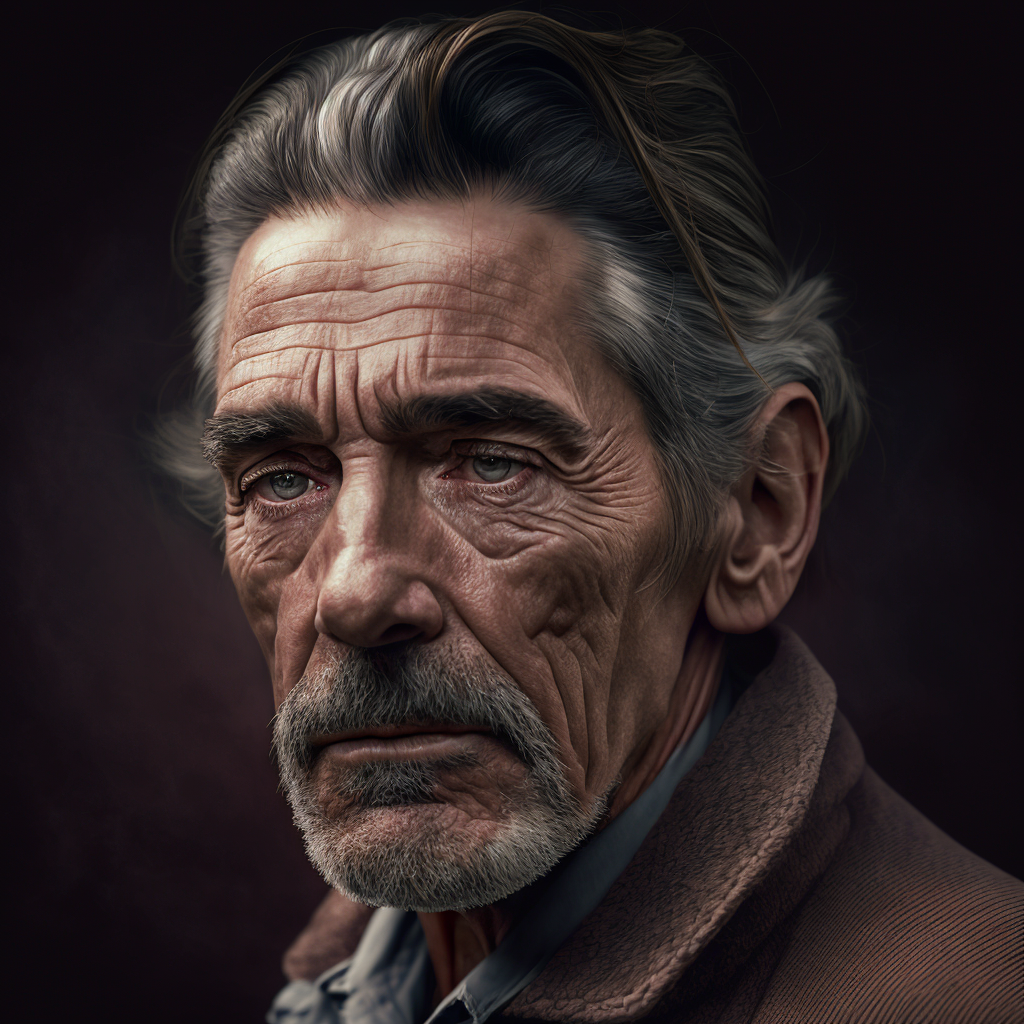
EARLY MIDDLE AGE
YOUR CULTURAL “FIFTIES”
Ages 54 through 63
One’s “fifties” (not to be confused with the calendrical 50s). Formerly: second-phase middle age. Now: First-phase middle age. A stage of contemplation. After thirty years in first-, second-, and third-phase adulthood (following society’s scripts for creating a life), people in midlife tend to reflect upon the deeper meaning of their lives, the better to forge ahead with new understanding. The primary conflict during this midlife stage is the tug-of-war between generativity and stagnation.
Erikson, writing in 1950, described ages 45–64 as “middle adulthood.” These days, we’d have to say that Erikson’s schema lumps together late adulthood with early middle age.
This can also be an age of “midlife crisis.” Which is not nearly as common as we were once led to expect. But it does happen. Individuals experiencing such a crisis may feel:
- a deep sense of remorse for goals that have not been accomplished
- a fear of humiliation among more successful colleagues
- longing to achieve a feeling of youthfulness
- need to spend more time alone or with certain peers
- a heightened sense of their sexuality or lack of it
- boredom, confusion, resentment or anger due to their discontent with their marital, work, health, economic, or social status
- ambition to right the missteps they feel they have taken early in life
Studies show that people who changed jobs before their midlife years tend to experience a greater sense of generativity when they reach this phase. They also tend to experience a greater sense of motivation to deviate from stagnation and a desire to help the younger generation thrive.
Also worth noting: Early middle age is when those of us with children will typically begin “sandwich parenting” — as one’s kids enter the second phase of mid- to late childhood and/or the “adulthood” macro-stage, while one’s parents enter or begin to approach the “old age” macro-stage.
FWIW: The author of this post is in the early phase of this life-stage.
Note that 58/59 are the apex years of one’s fifties — from this point forward, one begins to shed early middle age and evolve towards (a fairly new development, spearheaded by the Boomers) mid-middle age.
I used to work in the record
store.
I had everything before anyone.
I was there in the Paradise
Garage DJ booth with Larry
Levan.
I was there in Jamaica during the
great sound clashes.
I woke up naked on the beach in
Ibiza in 1988.
But I’m losing my edge to better-
looking people with better
ideas and more talent.
And they’re actually really, really
nice.
I’m losing my edge.
— LCD Soundsystem, “Losing My Edge”
[63/64]: Cusp years between early middle age and mid-middle age. Some of us will enter mid-middle age on the early side; others will not.]
Younger members of the Original Generation X (1954–1963), and older members of the Reconstructionists (1964–1973) generations are currently in this stage of life.
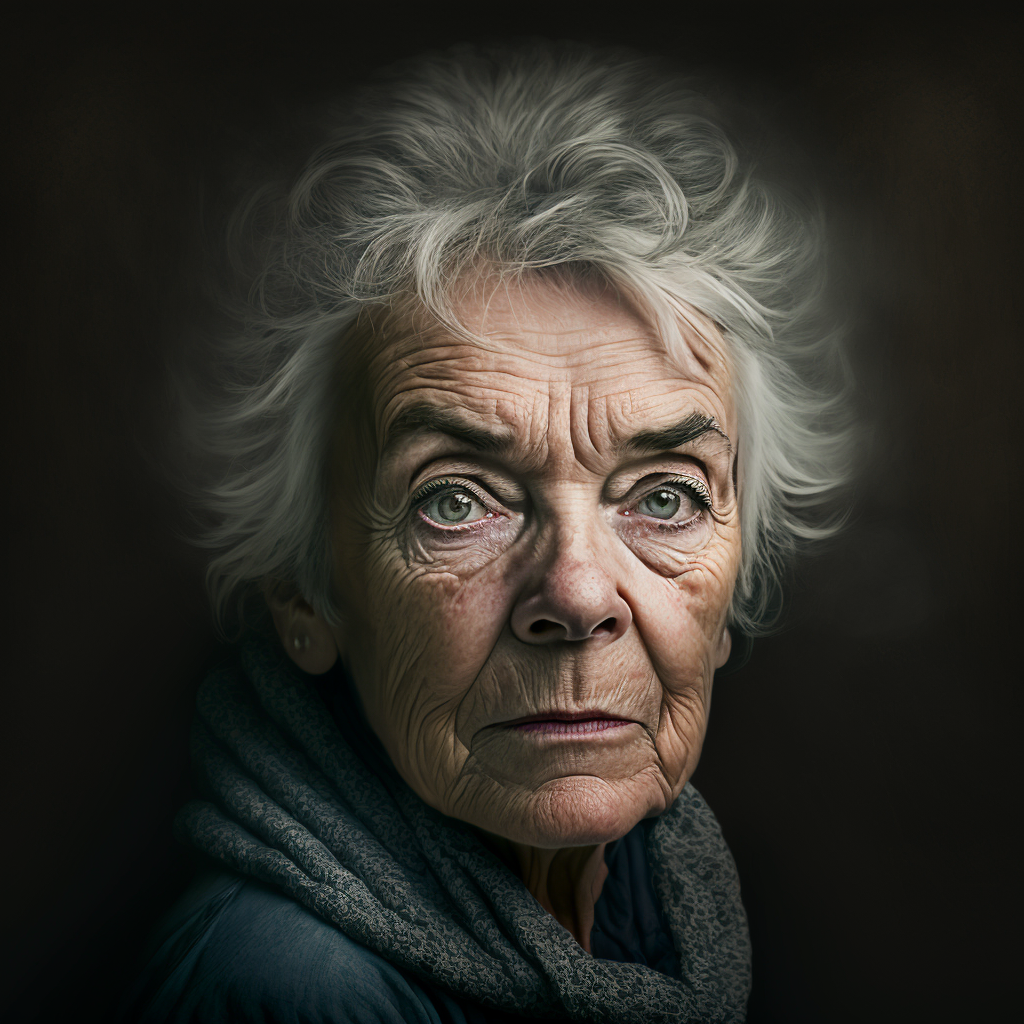
MID-MIDDLE AGE
YOUR CULTURAL “SIXTIES”
Ages 64 through 73
For many readers, this section of my hypothesis may be puzzling and/or controversial — because we have been led to believe that “old age” begins when you turn 60 or perhaps 65. I agree that once upon a time, this was the case. However, it is not the case any longer.
One’s “sixties” (not to be confused with the calendrical 60s). Formerly: first-phase old age. These days I think we have to call it second-phase middle age. Praise/blame for this state of affairs belongs to the Boomers. Once upon a time, one’s sixties were an age of wisdom — these days, though, it’s a pre-wisdom stage of benevolence. By now, one has perhaps retired, and also perhaps become a contributor to the betterment of society through volunteerism, mentorships, and other forms of philanthropy.
Gerontologists describe those in their 60s (or mid-60s to mid-70s, depending on who you ask) as “young-old.” To me, this is like calling warm water “hot-cold.” Let’s instead call this phase: “mid-middle age.”
Note that 68/69 are the apex years of one’s sixties — from this point forward, one begins to shed mid-middle age and evolve towards late middle age.
There comes a day in your life
when you wanna kick back
Straw hat on the porch when
you’re old perhaps
Wanna gather your thoughts,
have a cold one, brag
To your grandkids about how life
is golden…
— Nas, “Can’t Forget About You”
[73/74]: Cusp years between mid-middle age and late middle age. Some of us will enter late middle age on the early side; others will not.]
Younger members of the Blank Generation (1944–1953), and older members of the Original Generation X (1954–1963), are currently in this stage of life.

LATE MIDDLE AGE
YOUR CULTURAL “SEVENTIES”
Ages 74 through 83
Many readers will find this section of my hypothesis downright bizarre — because I’m arguing that folks aged 74–83 are “middle-aged.” Gerontologists describe those in their 70s (or mid-70s to mid-80s, depending on who you ask) as “middle-old.” This doesn’t feel accurate; I prefer the term “late middle age” for this stage. After ages 78/79 — the apex years of this stage — at this point, we’re approaching old age.
One’s “seventies” (not to be confused with the calendrical 70s). Formerly: second-phase old age. These days: third-phase middle age. The average age of death in the US is 77 years; 80 in the UK, 81 in Canada. So on average, the final phase of middle age is the final phase of life itself. (While the average for men is 74.5, and for women is 80.2, both fall in this range.) Hopefully an age of wisdom, during which one can use their rich repository of experiences to help guide others. However, many Boomers insist on hanging onto their jobs even during this stage of life. Not to be confused with “aging disgracefully,” which is cool.
PS: Based on my own experience, those of us who have adult children when we enter this phase should actively encourage our children to keep an eye on our financial and medical situations — nipping any emergencies in the bud.
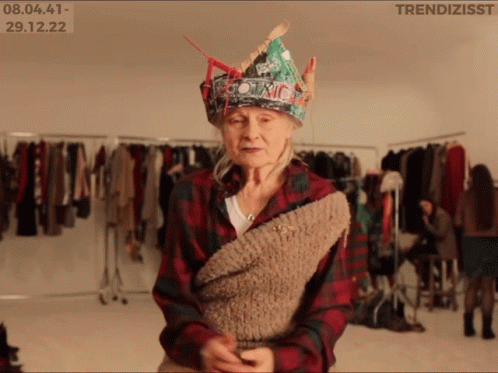
Note that 78/79 are the apex years of one’s sixties — from this point forward, one begins to shed late middle age and evolve towards old age. An extraordinary (hopefully in a positive sense; certainly in a negative sense) period in one’s life, during which one is preparing to make a major shift from middle age to old age.
[83/84]: Cusp years between late middle age and old age. Some of us will enter old age on the early side; others will not.] For those of us who became parents in our late 20s, and whose kids are therefore entering “middle age” just as we are beginning to phase out of middle age and into old age — enjoy this transitional moment! It’s a very brief window during which you and your kids will be in the same macro-stage (i.e., middle age).
Younger members of the Anti-Anti-Utopian (1934–1943) generation, and older members of the Blank Generation (1944–1953), are currently in this stage of life.
Ages 84+
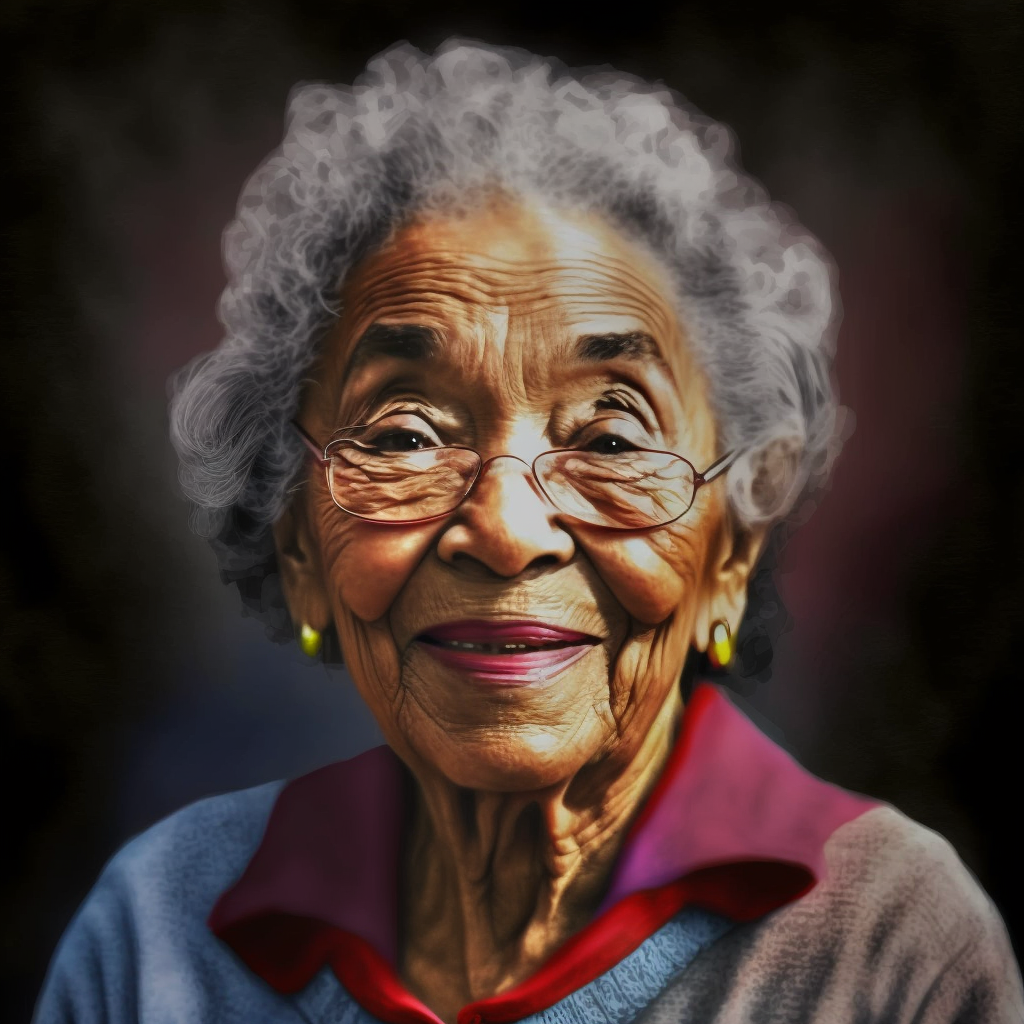
OLD AGE
YOUR CULTURAL “EIGHTIES,” etc.
Ages 84 through 93 / 94 through 103 / 104 through 113
Old age. A stage of life which has been pushed back, in recent decades. If you’ve made it this far, you’ve beaten the odds — you’re now older than the average person is when he or she dies. This is a victory lap.
In developed countries, many people in their 60s and 70s are still fit, active, and able to care for themselves. However, after 80, they generally become increasingly frail, a condition marked by serious mental and physical debilitation. Even with healthy lifestyles, most 85+ people will undergo extended frailty and disability. Which is why it makes sense that this is when we’d start the “old age” clock — I’m not sure why gerontologists continue to describe those in their 60s (or mid-60s to mid-70s, depending on who you ask) as “young-old” and those in their 70s (or mid-70s to mid-80s) as “middle-old,” say. However, I am following gerontologists in describing everyone over a certain age (in the case of my schema — 83/84) as “old” — even though this lumps together people who may be 10–30 years apart in age.
Writing at the age of 87, Mary C. Morrison describes the “heroism” required by old age: to live through the disintegration of one’s own body or that of someone you love. Morrison concludes, “old age is not for the fainthearted.”
Jaques describes this stage as “second childishness and mere oblivion, / Sans teeth, sans eyes, sans taste, sans everything.” OK sure — that moment will come for all of us. But at what point during your eighties, or nineties, or even your hundreds will it arrive? It’s impossible to say — which is why I’ve lumped these three phases together into a single stage. PS: I’m grossly ignorant about this stage of life — perhaps YOUNG OLD, MIDDLE-OLD, and OLD-OLD are best considered separate phases?
For an ever-increasing number of us, our eighties will be a rewarding and productive stage — perhaps even our nineties, too. Who can say?
Surviving members of the New Gods (1914–1923) and Postmodernists (1924–1933) generations, and older members of the Anti-Anti-Utopian (1934–1943) generation, are currently in this stage of life.
Help the aged,
One time they were just like you
Drinking, smoking cigs and
sniffing glue
Help the aged
Don’t just put them in a home
Can’t have much fun when
they’re all on their own
— Pulp, “Help the Aged”
— This post is dedicated to Lucile Randon, the world’s oldest known person, who died earlier this month at age 118.
MORE FURSHLUGGINER THEORIES BY JOSH GLENN: SCHEMATIZING | IN CAHOOTS | JOSH’S MIDJOURNEY | POPSZTÁR SAMIZDAT | VIRUS VIGILANTE | TAKING THE MICKEY | WE ARE IRON MAN | AND WE LIVED BENEATH THE WAVES | IS IT A CHAMBER POT? | I’D LIKE TO FORCE THE WORLD TO SING | THE ARGONAUT FOLLY | THE PERFECT FLANEUR | THE TWENTIETH DAY OF JANUARY | THE REAL THING | THE YHWH VIRUS | THE SWEETEST HANGOVER | THE ORIGINAL STOOGE | BACK TO UTOPIA | FAKE AUTHENTICITY | CAMP, KITSCH & CHEESE | THE UNCLE HYPOTHESIS | MEET THE SEMIONAUTS | THE ABDUCTIVE METHOD | ORIGIN OF THE POGO | THE BLACK IRON PRISON | BLUE KRISHMA | BIG MAL LIVES | SCHMOOZITSU | YOU DOWN WITH VCP? | CALVIN PEEING MEME | DANIEL CLOWES: AGAINST GROOVY | DEBATING IN A VACUUM | PLUPERFECT PDA | SHOCKING BLOCKING.
